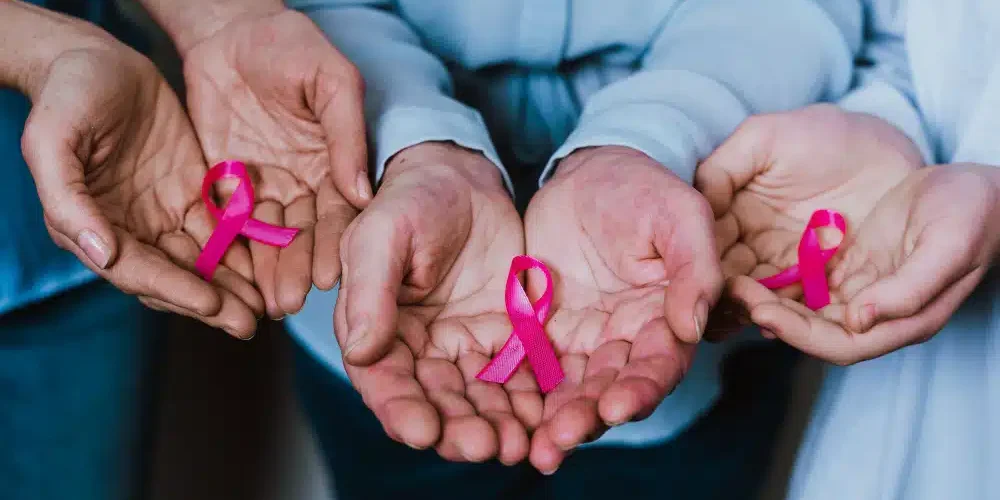Latest
EXPLAINER: Single-dose radiation therapy to be a game-changer in breast cancer treatment
The procedure lasts for 20 to 30 minutes and does away with the need for extra hospital visits in eight out of ten patients with certain kinds of breast cancer
Author
Author
- admin / 1 year

- 0
- 4 min read

Author
Breast cancer is the most common cancer type that afflicts women and occasionally even men. In either case, conventional treatment involves a surgical procedure, referred to as mastectomy or lumpectomy, followed by a combination dose of radiation, chemo, and hormone therapy. The standard treatment involves anywhere from 15 to 30 sittings, ideally spaced over as short a period as possible. However, a novel single sitting procedure, termed Intra-operative Radiation Therapy (IORT) promises to be a game-changer.
While the conventional treatment includes radiation therapy, it exposes the entire breast to radiation. This exposure causes considerable damage to the surrounding non-cancerous tissues and could cause harm to organs in close vicinity, such as the heart.
Why is IORT promising
The new one-shot IORT procedure involves a single-dose of radiation therapy administered immediately after surgical removal of the cancerous tumor from the breast tissue. Further, it does not require any additional anaesthetic shots. The procedure lasts for 20 to 30 minutes and does away with the need for extra hospital visits in eight out of ten individuals. Since, the surgical procedure and the radiation therapy are administered at almost the same time, the recovery time is reduced and patients can resume a normal life much faster than they would after undergoing conventional treatment.
A human trial found IORT to be as effective as whole-breast radiation therapy also called External Beam Radiotherapy (EBRT), with significantly fewer deaths from non-breast cancer causes such as the number of fatalities that arise out of exposure to scattered radiation.
What do the experts say?
Dr Sandeep Nayak, Senior Director at the Department of Surgical Oncology at Fortis Hospital in Bengaluru, one of the first hospitals in India to offer the treatment, said the trade-off between IORT and EBRT favoured the former.
“The equivalence of IORT to EBRT in achieving the desired outcome on cancerous tumor as well as in cost of treatment accrued to the patient is the single biggest factor that helps cancer patients navigate the trade-off in favour of IORT,” Dr Nayak told the Firstcheck.
The current cost of treatment for breast cancer using IORT or radiation therapy is around INR 2.5 lacs.
A research published by the British Medical Journal (BMJ) claims that IORT was a highly cost-effective strategy in comparison to EBRT. Further, the study found that IORT yielded higher Quality Adjusted Life Years, a measure of both, quality and duration of life after a surgical intervention.
Can all breast-cancer patients be treated with IORT?
Dr Nayak cautioned that not all breast cancer patients can undergo IORT treatment.
Since its inception at Fortis Hospital, the IORT facility has been used to treat 1abotu 20 patients, carefully selected based on stringent criteria, including their chronological age and the type of cancer, Dr. Nayak said.
“Only Luminal A type breast cancer, i.e., cancer that proliferates due to presence of sex hormones – estrogen and progesterone – is amenable to IORT treatment,” Dr Nayak said. “Further, the cancer should be lymph node negative” , i.e., the cancer should not have spread to the lymph nodes-small bean shaped structures present in one’s armpits, neck and groin region.
Is IORT a wonder-solution?
One of the advantages of IORT, according to cancer experts from University College London (UCL), is the possible boosting of one’s overall resistance, called the abscopal effect, such that tumors that were not exposed to treatment also shrink. However, Dr Nayak said, this is more theoretical and has not been observed in clinical settings.
Also read: FACT CHECK: Does manuka honey have anti-cancer properties? – First Check
(Do you have a health-related claim that you would like us to fact-check? Send it to us, and we will fact-check it for you! You can send it on WhatsApp at +91-9311223141, mail us at hello@firstcheck.in, or click here to submit it online)









